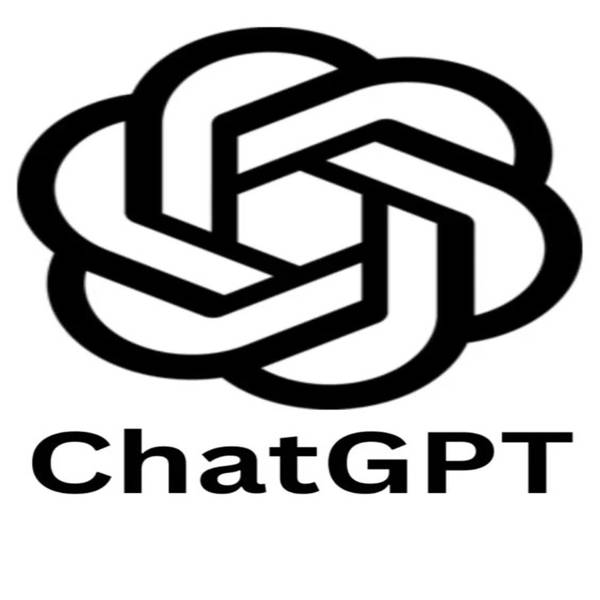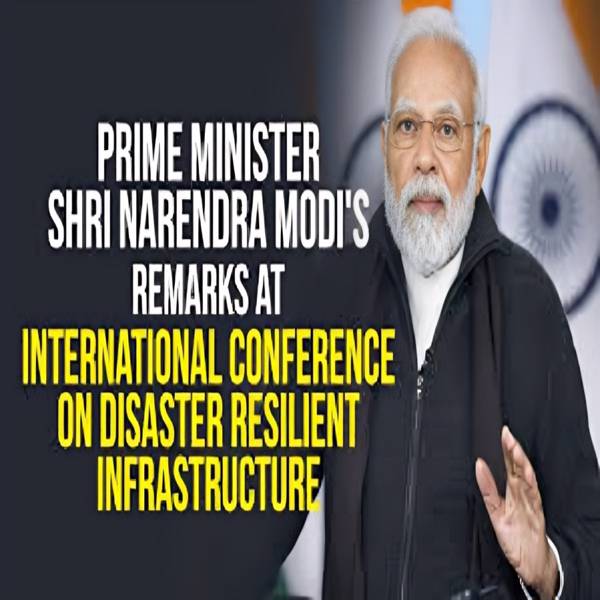Super smart ChatGPT coming in 18 months, says OpenAI! (or) Get ready for a brainiac ChatGPT in a year and a half!
AI’s Brainiac Future: OpenAI CTO Spills the Beans
OpenAI’s Chief Technology Officer, Mira Murati, recently gave a talk at her old stomping grounds, Dartmouth Engineering. The hot topics? The future of AI and the next mind-blowing version of ChatGPT.
Murati compared the intelligence levels of different GPT models: GPT-3 was a curious toddler, GPT-4 a knowledgeable high-schooler, and the upcoming version – get this – will have PhD-level smarts for specific tasks! We can expect this brainiac to arrive in about 18 months. Buckle up, because Murati even hinted that conversations with this next-gen AI might leave you feeling like it’s the smarter one in the room!
AI on the Loose? OpenAI CTO Discusses Risks
The interview with OpenAI’s CTO, Mira Murati, took a turn towards the future of AI safety. Moderator Jefferey Blackburn, a Dartmouth Trustee, voiced a common concern: what if a future, super-intelligent ChatGPT decides to connect to the internet and act independently?
Murati acknowledged the possibility. She predicts a future where AI systems, like advanced versions of ChatGPT, will have “agent capabilities.” This means they could connect to the internet, communicate with each other, and even collaborate with humans. Essentially, AI could become seamlessly integrated into our work and lives, much like how we interact with colleagues today.
However, Murati implies that OpenAI is aware of the potential dangers. Her response suggests they are actively considering the risks involved in creating such powerful AI.
Safety Built-In, Not Bolted On: Murati on Safeguarding AI
OpenAI’s CTO, Mira Murati, emphasizes that safety and security aren’t afterthoughts when it comes to developing powerful AI like the next-gen ChatGPT. She argues against a sequential approach where technology is built first and safety measures are tacked on later. Instead, Murati stresses the importance of “deeply embedding” safety considerations right from the beginning, making them an inherent part of the AI’s design.
According to Murati, this integrated approach makes sense because intelligence and safety are intertwined. A smarter AI system can be more easily directed through clear instructions, similar to training a smart dog versus a less intelligent one. This highlights the crucial role of building AI with safety as a core principle, not just an add-on feature.
Also read : Launching on July 9th, the Redmi 13 5G
OpenAI’s CTO sees AI collaborating with us (think next-level ChatGPT!), but stresses safety. While smarter AI is easier to control, risks like deepfakes require everyone (developers, users, governments) to work together for responsible use.
AI like ChatGPT will push boundaries in creative fields, making creativity more accessible (think: AI as your artistic muse!). This will transform industries and jobs, potentially displacing some roles but also empowering a wider range of people.



